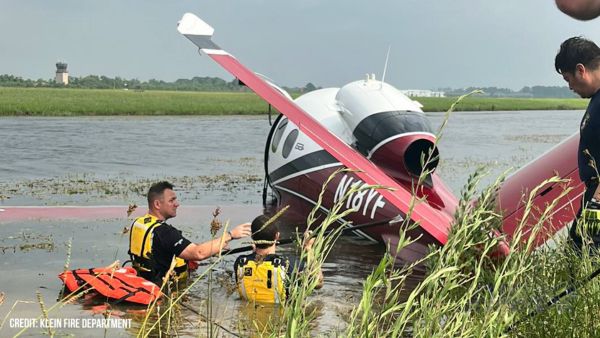Mon, Apr 23, 2012
Advertisement
More News
 US Navy Returns Jet Trainer to Service
US Navy Returns Jet Trainer to Service
Engine Gremlins Flare Up for Second Operational Pause, But This Time It's (Probably) Fixed The US Navy's T-45C Goshawk trainer is back in action, after a 1-month operational pause >[...]
 ANN's Daily Aero-Linx (05.27.24)
ANN's Daily Aero-Linx (05.27.24)
Aero Linx: The 1-26 Association (Schweizer) Welcome to the 1-26 Association. The Association’s goal is to foster the helpfulness, the camaraderie, and the opportunity for hea>[...]
 ANN's Daily Aero-Term (05.27.24): Parallel Runways
ANN's Daily Aero-Term (05.27.24): Parallel Runways
Parallel Runways Two or more runways at the same airport whose centerlines are parallel. In addition to runway number, parallel runways are designated as L (left) and R (right) or,>[...]
 Aero-News: Quote of the Day (05.27.24)
Aero-News: Quote of the Day (05.27.24)
"It is with great sadness that we must confirm the death of an RAF pilot in a tragic accident near RAF Coningsby today. The pilot's family has been informed and we ask that their p>[...]
 ANN's Daily Aero-Term (05.28.24): Permanent Echo
ANN's Daily Aero-Term (05.28.24): Permanent Echo
Permanent Echo Radar signals reflected from fixed objects on the earth's surface; e.g., buildings, towers, terrain. Permanent echoes are distinguished from “ground clutter&rd>[...]
blog comments powered by Disqus




